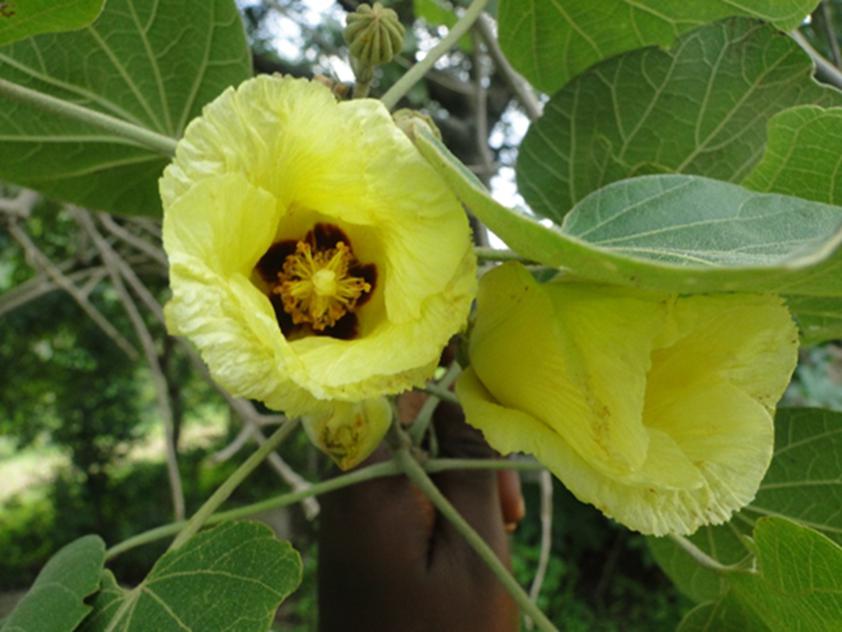Jedidah Akawu Jacob
Other projects
9 Dec 2024
Assessment of the Impact of Fruit and Leaf Harvesting on the Population Structure and Regeneration Dynamics of A. digitata in Gombe State, Nigeria
For almost a decade now, the nutritional and medicinal potentials of A. garckeana have been appreciated both locally and at international level. Over collection driven by high demand at regional, national and international market has been a major threat to the A. garckeana population. Yet, the distribution and abundance of the species population as well as its IUCN Red List status have not been assessed at global scale.

Flower of A. garckeana
A. garckeana, may be on the verge of extinction in Nigeria due to excessive exploitation, slow regeneration rate and deforestation. This project seeks to promote its sustainable conservation through providing a complete set of valuable empirical data on its distribution and population status, assess the effect of land use change on the species’ distribution, identify priority habitat for conservation, identify suitable propagation techniques, initiate community-based environmental education, and conduct seedling plantings in Tula Plateau.
For the first time, we will generate information about A. garckeana species distribution and abundance. The present ecological and conservation conditions of the species will be determined through an extinction risk assessment using IUCN Red List methodology. We will use ArcGIS and model of maximum entropy (Maxent) software to model the effect of landuse change on the species’ range-wide distribution and identify priority habitats for conservation. We will identify the best propagation technique through evaluation of the effect of different environment-friendly seed priming treatments on the germination and seedling growth performances. We will build the capacity and understanding of the local people through environmental education and awareness campaign to encourage their involvement of local communities in the conservation of the species. Finally, 2000 seedlings will be planted in the wild, within community gardens, and schools within the Tula Plateau. After the field surveys and plantings, we will chose two sites with the largest known populations for A. garckeana as sites for long-term monitoring of population dynamics.